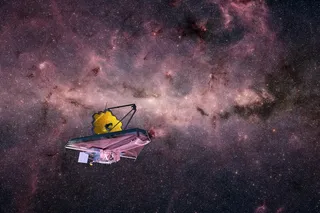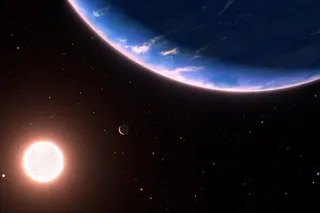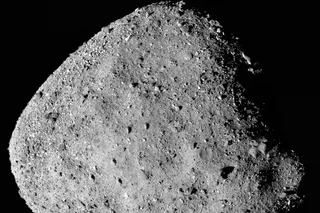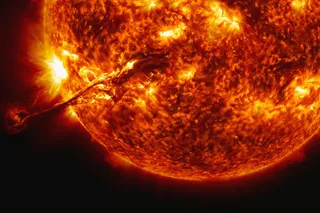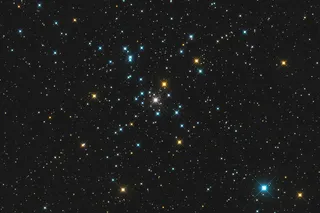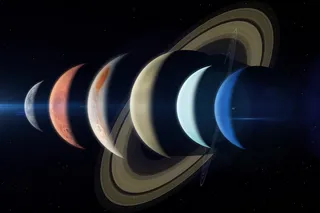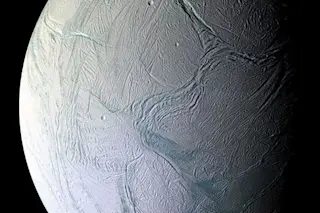Mark Anderson has an M.S. in astrophysics, is a contributor to Discover,
and has written about science and history for many other publications. His new book
The Day the World Discovered the Sun: An Extraordinary Story of Scientific Adventure and the Race to Track the Transit of Venus has just been published by Da Capo.
Also see Paul Raeburns's explanation of what investigating Venus can teach us about our own planet.
The 2004 Venus transit at sunrise
On Tuesday afternoon---for those in North, Central and parts of South America---the planet Venus will pass directly in front of the sun
for seven hours. This rare spectacle, called the Venus transit, occurs twice within a decade, then not again for more than a century. But as fleeting as they are, transits of the past provided invaluable information about our place in the solar system---and, astronomers hope, this transit could help us glean ...



